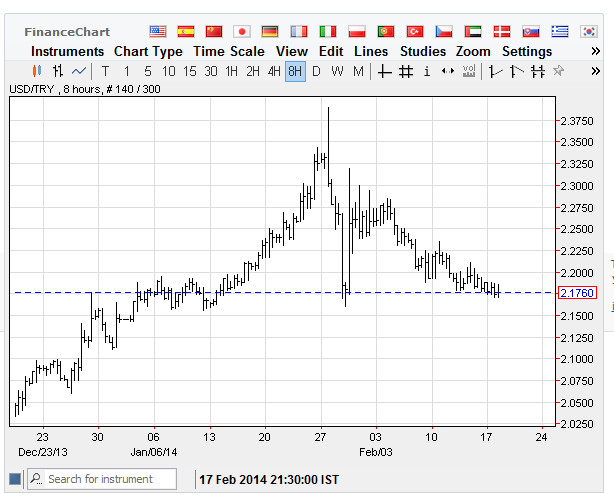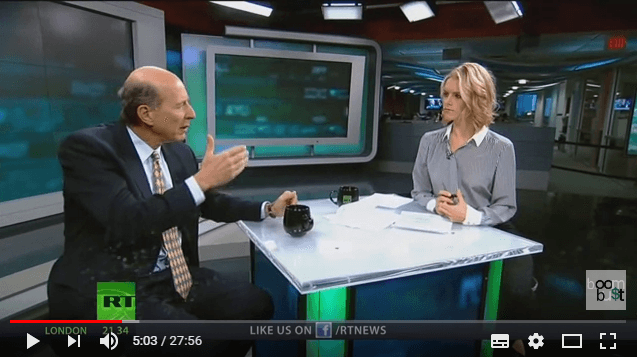… There is also the problem of the relative levels of different types of earned income. Here we have the famous marginal productivity theory. In perfect competition an employer is supposed to take on such a number of men that the money value of the marginal product to him, taking account of the price of his output and the cost of his plant, is equal to the money wage he has to pay. Then the real wage of each type of labor is believed to measure its marginal product to society. The salary of a professor of economics measures his contribution to society and the wage of a garbage collector measures his contribution. Of course, this is a very comforting doctrine for professors of economics, but I fear that once more the argument is circular. There is not any measure of marginal products except the wages themselves. In short, we have not got a theory of distribution.
We have nothing to say on the subject which above all others occupies the minds of the people whom economics is supposed to enlighten.
[italics in original]
– Joan Robinson, The Second Crisis Of Economic Theory, 1972. Link
There’s an article at Evonomics by Joseph Stiglitz, which is an excerpt from a chapter from a book. Stiglitz has denounced the marginal productivity theory. He says:
The trickle-down notion— along with its theoretical justification, marginal productivity theory— needs urgent rethinking. That theory attempts both to explain inequality— why it occurs— and to justify it— why it would be beneficial for the economy as a whole. This essay looks critically at both claims. It argues in favour of alternative explanations of inequality, with particular reference to the theory of rent-seeking and to the influence of institutional and political factors, which have shaped labour markets and patterns of remuneration. And it shows that, far from being either necessary or good for economic growth, excessive inequality tends to lead to weaker economic performance. In light of this, it argues for a range of policies that would increase both equity and economic well-being.
… Neoclassical economists developed the marginal productivity theory, which argued that compensation more broadly reflected different individuals’ contributions to society.
It reminds me of the debate between Paul Krugman and Thomas Palley some time ago. Paul Krugman completely denied all this. In his blog post at his blog for The New York Times, Krugman said in April 2014:
But doesn’t that show that conventional economics is indeed capable of accommodating big concerns about inequality? You fairly often find heterodox economists insisting that to accept the idea that capital and labor are paid their marginal products, even as a working hypothesis to be modified when you address things like executive pay, is to accept that high inequality is morally justified. But that’s obviously not the case: there are plenty of economists who are willing to use marginal-product models (as gadgets, not as fundamental truth) who don’t at all accept the sanctity of the market distribution of income.
So you have two mainstream economists: Paul Krugman defending orthodoxy and Joseph Stiglitz denouncing the marginal productivity theory.

